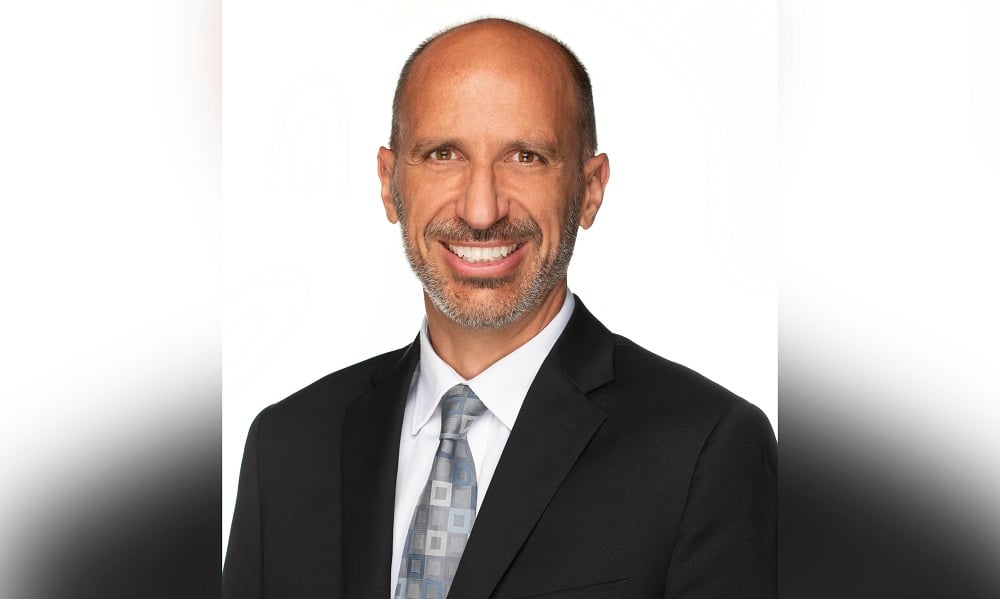Canadians revisiting their long-term care plans will have to confront significant financial challenges

The COVID-19 pandemic has been a world-changing event; aside from crippling many sectors of the economy and forcing a broader adoption of digital technology, it has caused a wide-scale reassessment of the risks associated with health and mortality. That means for many Canadians, earlier preferences in retirement planning have been thrown out the window.
That was exemplified by a joint report from the National Institute of Ageing and Telus Health released in October. Drawing from a survey of Canadians conducted last summer – in the wake of high-profile outbreaks of COVID-19 in long-term care facilities for seniors – it found that 60% had changed their opinion on whether they’d arrange for themselves or an older loved one to live in a nursing or retirement home. Among respondents who were 65 years old and above, that percentage rose to nearly 70%.
“Before the pandemic, a lot of people thought that when they retire, they’d have paid off their mortgages and be able to sell their home, giving them a lump sum of money to pay for long-term care services in a retirement community,” said Aurele Courcelles, assistant vice president of Tax & Estate Planning at IG Wealth Management. “Some of them consider downsizing, but that’s traditionally been a stepping stone toward ultimately living in a retirement or nursing home.”
While more Canadians than ever are looking to age in place, Courcelles noted that the decision should not be taken lightly. As a first step, there’d have to be serious consideration on whether it would even be feasible or practical. Is the individual in question physically fit to live independently, or will they need assistance? Do they have the cognitive capacity to make important everyday decisions? Will they have a support network to rely on for care and companionship?
Even after those issues are addressed, there will still be important questions about the costs of retired life at home. While people’s daily cost of living tends to decrease as they age and live a more sedentary lifestyle, those who live their sunset years at home rather than at a retirement facility must account for maintenance and utility expenses. Making the home senior-friendly – which could include reducing fall or tripping hazards, installing handlebars and stair lifts, and installing motion-activated lighting – also entails potentially major renovation expenses.
“There’ll be healthcare costs, which people generally plan to cover with government coverage or individual health insurance,” Courcelles said, noting that public coverage varies from province to province. “And if you start needing homecare, and you want someone to come and help you periodically, that also becomes expensive over time.”
All those ongoing expenses, he stressed, must be addressed with a healthy stream of guaranteed retirement income. A major piece of that comes from the CPP – or in the case of Quebec, the QPP – as well as Old Age Security and any other pension income that a retiree might be entitled to.
One way for Canadians to maximize their CPP payments, Courcelles said, is to put off claiming it for as long as possible. Another study from the National Institute of Ageing, published in December and in partnership with the FP Canada Research Foundation, found that based on normal life expectancy, someone receiving the median CPP income who chooses to take retirement benefits at age 60 rather than age 70 is effectively forgoing over $100,000 in lifetime income as measured in current dollars.
“Statistics from the Office of the Chief Actuary in 2020 tell us that roughly 30% of people take CPP at age 60, 5% per year take it between 61 and 64, and just over 35% take it at age 65,” he said. “Just 1% of Canadians put off collecting it until age 70, even though doing so would significantly increase the guaranteed amount they’d be receiving for life.”
Similarly, Courcelles noted, Canadians who put off OAS from 65 to 70 would also get greater monthly income as a result.
Looking beyond pension payments, he said using some of the money set aside in a registered savings plan or non-registered account to buy an annuity could be worth considering. While investments held in those accounts are vulnerable to market conditions and could be devalued by poor performance over time, an annuity would offer another source of guaranteed income for life.
“One other option is to borrow against the value of your residential property through a reverse mortgage, but the interest costs are fairly high,” Courcelles said. “You also risk giving up more and more of the equity in your home over time, which isn’t ideal if it’s part of your estate planning.”
Insurance is another important piece of the income-planning puzzle. In cases of medical misfortune, disability insurance in working years and critical illness insurance can help people avoid having to unexpectedly take out money from their retirement funds. Long-term care insurance can also help pay for institutional care or personal expenses, depending on the specific policy that was taken out.
“Even life insurance can play a role,” he said. “If a couple decide to age at home together, chances are that one of them will unfortunately pass away first. Getting a lump-sum death benefit from a life insurance policy would create valuable support for the surviving partner or spouse.”
For the average Canadian, determining their options, much less choosing the most ideal ones, can be daunting. Aside from understanding the risks and features that come with a given strategy, they’ll also have to make projections of their financial needs in retirement – which, as Courcelles points out, would be best done with help from a professional financial planner.
“That’s one of the things we at IG Wealth Management do for Canadians,” he said. “Our planning specialists have software and expertise to help them lay out different scenarios. By chipping away at the uncertainty of the future, we help bring our clients much-needed peace of mind.”



